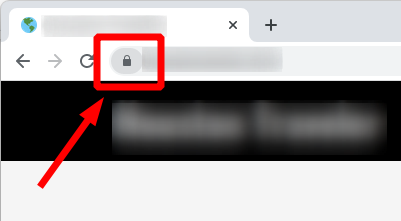
Beginner’s Guide to Knitting Tools
Key Takeaways
- Understanding basic knitting tools is essential for beginners.
- The right tools can enhance your knitting experience.
- Investing in quality tools can save you money and time in the long run.
- Each tool has specific uses that contribute to different knitting techniques.
Starting your knitting journey can be both exciting and overwhelming. With a variety of tools available, knowing which ones you need as a beginner is crucial for a smooth start. This guide will provide an overview of essential knitting tools that every new knitter should consider. Let’s dive in!
Essential knitting tools for beginners
To get started with knitting, you’ll need a few basic tools. Here’s a list of essential items:
- Knitting needles
- Yarn
- Yarn bowl or bag
- Measuring tape
- Scissors
- Darning needle
- Stitch markers
1. Knitting needles
Knitting needles come in various sizes and materials. Beginners typically start with:
| Type | Description |
|---|---|
| Circular needles | Great for knitting in the round and can hold a lot of stitches. |
| Straight needles | Best for flat knitting and usually come in pairs. |
2. Yarn
Choosing the right yarn is important for your knitting projects. Considerations include:
- Weight: Ranges from lace to bulky yarn.
- Fiber content: Cotton, wool, acrylic, and blends.
- Color and texture: Choose what appeals to you!
3. Yarn bowl or bag
A yarn bowl or bag keeps your yarn organized and prevents tangling. Investing in a good one helps maintain your yarn's quality.
4. Measuring tape
A measuring tape is essential for checking your project’s dimensions, ensuring everything fits perfectly.
5. Scissors
A small, sharp pair of scissors is necessary for cutting yarn, so you can easily finish off your projects.
6. Darning needle
A darning needle is used for weaving in your ends after finishing a project. A larger eye makes threading easier.
7. Stitch markers
Stitch markers help you keep track of your stitches, especially when working on complex patterns. Here are a few styles:
- Locking markers: Do not slip out of place easily.
- Ring markers: Used for marking fixed spots.
- Colored markers: Great for visual identification.
Buying knitting tools
When purchasing tools, consider the following:
Tips for buying your knitting tools
- Start with affordable tools as you learn.
- Try out different brands to find what feels comfortable.
- Join a knitting group to share and learn from experiences.
Where to find knitting tools?
Knitting tools can be found in local craft stores or online. Check out our knitting accessories page for some great options.
Maintaining your knitting tools
Taking care of your knitting tools can prolong their life. Here are some helpful tips:
- Store your needles in a safe place to avoid bending or breaking.
- Keep your yarn clean and dry.
- Cleansing tools periodically can remove residues and prolong their effectiveness.
Pros
- High-quality tools enhance the knitting experience.
- Brought together, the right tools can simplify the learning process.
- A wide variety of tools encourages creativity and experimentation.
Cons
- Initial investment for good tools can be expensive.
- Choosing the right tools can be overwhelming for beginners.
- Sometimes, it’s hard to know what tools are truly necessary.
Conclusion
With this guide, you should have a solid understanding of the essential tools for beginner knitters. Choosing the right tools not only makes your projects easier but also adds joy to the knitting experience. To explore more about knitting, you might want to check our Buying Guides section for expert advice on products and more.
Next Steps in Your Knitting Journey
After gathering your tools, the next step is to pick out your first pattern and yarn. We recommend visiting our Yarns and Fibres to find the perfect materials. Happy knitting!



